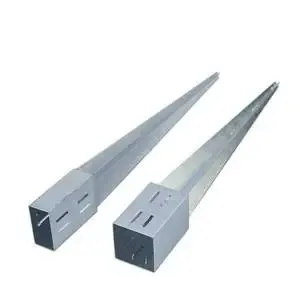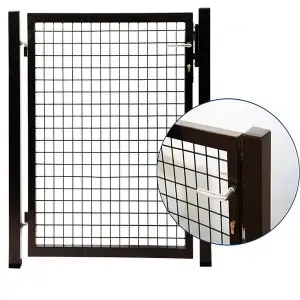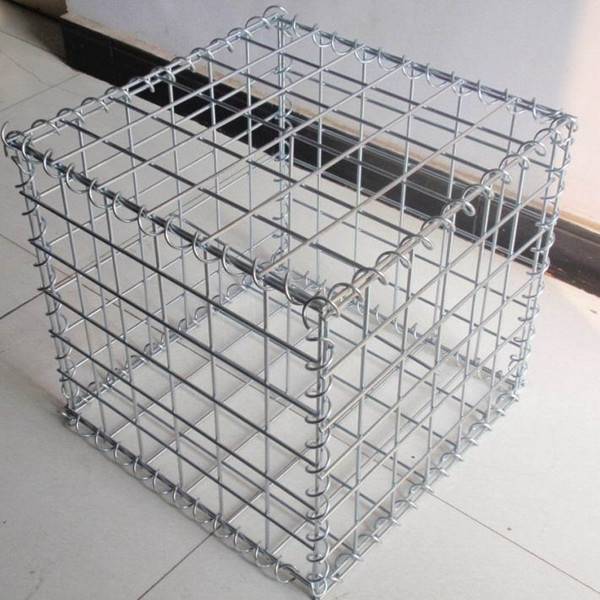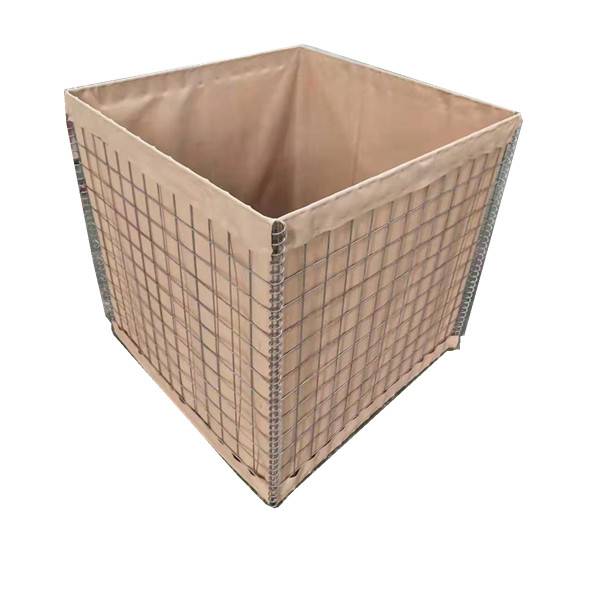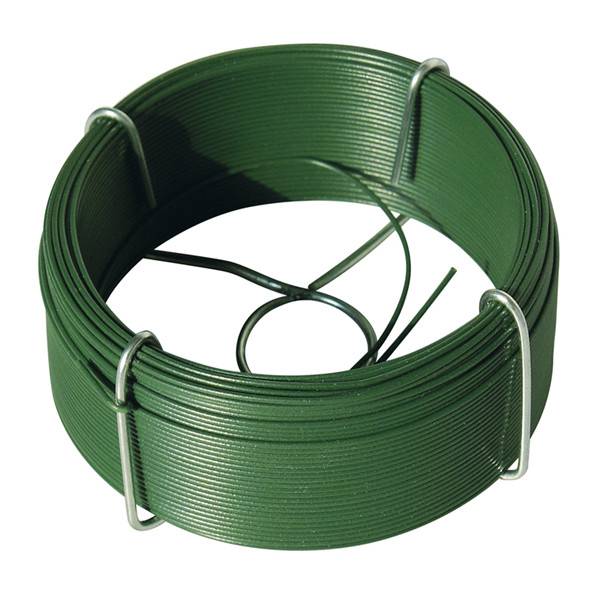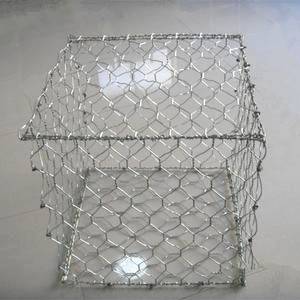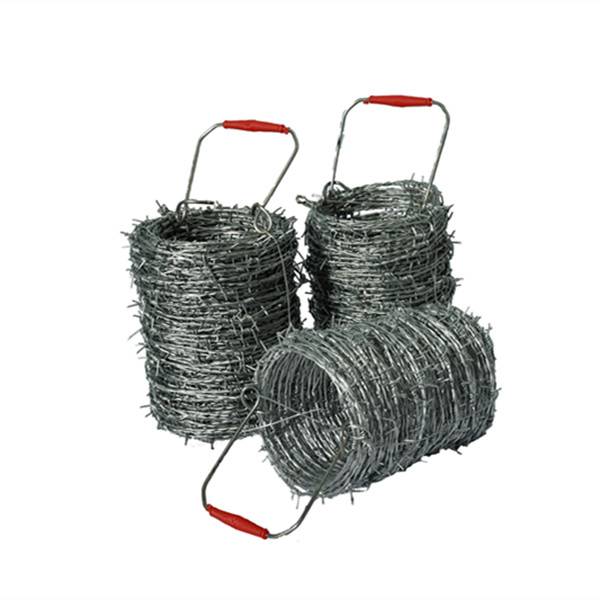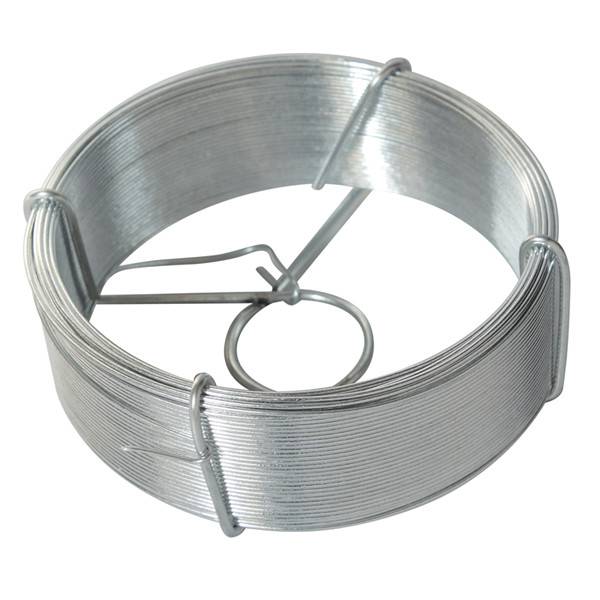
Oct . 15, 2024 21:55 Back to list
welded wire reinforcement sizes
Understanding Welded Wire Reinforcement Sizes
Welded wire reinforcement (WWR) plays a crucial role in modern construction, offering enhanced structural integrity for concrete structures. This type of reinforcement is essentially a grid of steel wires welded together at their intersections, creating a robust support system for concrete. The sizing of welded wire reinforcement is vital, as it directly influences the strength and durability of the concrete it supports.
When discussing WWR sizes, the two primary factors to consider are wire diameter and spacing. Wire diameters typically range from 4 gauge (approximately 0.225 inches) to 10 gauge (approximately 0.135 inches), with different specifications depending on the application. The choice of wire diameter is significant; larger diameters generally provide greater tensile strength, making them suitable for more demanding applications, such as foundation slabs and pavements.
Another critical aspect is the spacing between wires, which varies based on the intended support and local building codes. Spacing choices are usually denoted in inches and can significantly impact load distribution and crack control in the concrete. Common spacing configurations include 6 inches by 6 inches, 4 inches by 4 inches, and many others depending on the structural requirements. Engineers often select a grid pattern that balances material cost and structural performance.
welded wire reinforcement sizes

Moreover, WWR is categorized into different types based on how it’s specified. For instance, the American Society for Testing and Materials (ASTM) provides standards that classify WWR by its mesh size and wire diameter. These classifications help ensure that the reinforcement meets specific load-bearing and performance criteria.
The use of welded wire reinforcement is not only beneficial in terms of structural strength but also enhances the efficiency of construction. Since WWR comes pre-manufactured into sheets or rolls, it simplifies the installation process, reducing labor time on site. This is particularly advantageous in large-scale projects where time and resources are critical.
In summary, understanding welded wire reinforcement sizes is essential for anyone involved in construction or civil engineering. The appropriate selection of wire diameter and spacing affects not just the structural performance but also the overall durability and longevity of concrete structures. As the industry continues to evolve, the standards and practices surrounding WWR will likely adapt, highlighting the need for ongoing education and awareness among builders and engineers alike.
-
Why a Chain Link Fence is the Right Choice
NewsJul.09,2025
-
Upgrade Your Fencing with High-Quality Coated Chicken Wire
NewsJul.09,2025
-
The Power of Fence Post Spikes
NewsJul.09,2025
-
The Best Pet Enclosures for Every Need
NewsJul.09,2025
-
Secure Your Property with Premium Barbed Wire Solutions
NewsJul.09,2025
-
Enhance Your Construction Projects with Quality Gabion Boxes
NewsJul.09,2025
Products categories




